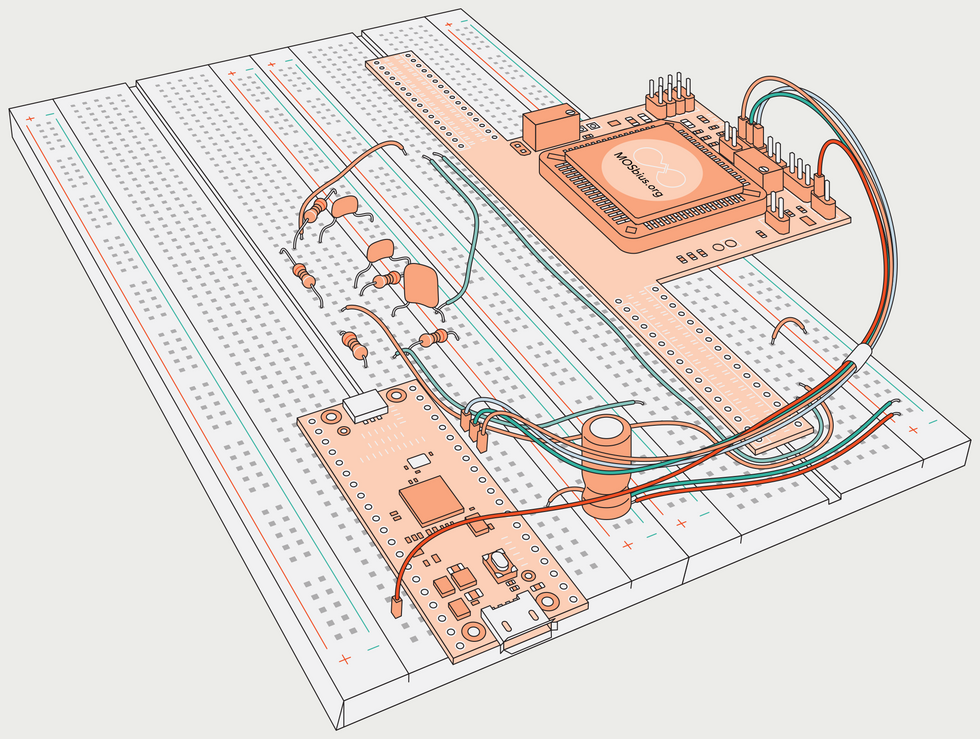Now Reading: Mastering Analog System Design with MOSbius
-
01
Mastering Analog System Design with MOSbius
Mastering Analog System Design with MOSbius

Quick Summary
- Teh MOSbius, developed by Columbia University’s Department of Electrical Engineering, is a breadboard-kind chip geared toward analog design education.
- it operates as a field-programmable transistor array based on metal-oxide-semiconductor (MOS) transistors-n-type and p-type-for constructing real analog circuits.
- Key components include:
– 68 pins: 63 for transistors and subcircuits like current mirrors and op-amp stages; others for voltage supplies and programming.
– Built-in switch matrix programmable via Python using devices such as Raspberry Pi Pico.
– External resistors and capacitors wired onto breadboards complement the chip’s internal functionality.
- MOSbius enables practical learning thru real-world circuit measurements, addressing challenges of precision versus theoretical simulation accuracy at component-level experimentation.
- The tool supports educational projects from undergraduate to graduate levels with tutorials available online.
- Limited kits are being sold at $150 to recover costs. Expansion relies on commercial interest driven by strong demand.
Indian Opinion Analysis
The MOSbius initiative addresses an crucial gap in practical education for analog circuit design,integrating hands-on experimentation often overlooked in software simulations. For India-a country pushing for advancements in STEM education-a similar approach could strengthen innovation pipelines, help students transition from academia to industry-ready skills, and foster domestic semiconductor expertise aligned with government missions like “make in India.”
While the MOSbius is not yet commercially scalable due to limited university production capacity, India’s engineering institutes such as IITs or IISc could explore adopting this model or collaborate on custom versions aimed at enhancing technical curricula nationwide. Increasing accessibility of tools like these could be crucial for both hobbyists interested in electronics tinkering and professionals involved in high-reliability industries that rely on robust semiconductor technologies.
























